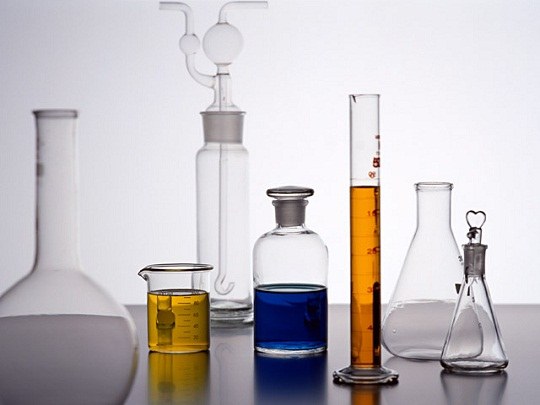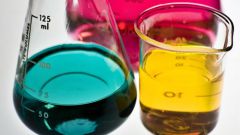You will need
- calculator;
- - periodic table
Instruction
1
To find the equivalent of a substance, you must use the formula: 1/z: (some stuff),where 1/z is the factor of equivalence (fэ), that is the number that shows what percentage of particles of a substance equivalent to the equivalent. This value is always less than or equal to one. Simply put, the equivalence factor is a factor that is recorded immediately before the formula of a substance when the equivalent. For example, you need to find the equivalent of phosphoric acid in its interaction with sodium hydroxide. Write down the reaction equation:2NaOH + H3PO4 = Na2HPO4 + 2Н2ООтсюда is clear that the sodium atoms are replaced by only two hydrogen atoms, i.e. the acid is dwuhosnovny (participate in the reaction 2 ion H+). Thus, according to the definition, the equivalent phosphoric acid is a conditional particle ½ H3PO4.
2
Note that the equivalent of one and the same substance varies according to the type of reaction in which the substance enters. In addition, the equivalent item is depending on the kind of connection which includes. Take the same substances as in the previous case, but the reaction may go differently:3NaOH + H3PO4 = Na 3PO4 + 3H2O.Here fэ(H3PO4) = 1/3, fэ(NaOH) =1. Therefore, the equivalent phosphoric acid - H3PO4 particle is 1/3, and the equivalent of alkali is equal to one.
3
For a successful finding of equivalents of different substances, you need to memorize the formula for finding fэ depending on the type of chemical compounds. So for simple elements fэ = 1/ is the valence of the element. Example: fэ ( H2SO4) = 1/6, and the equivalent of sulfur in H2SO4 is equal to 6.For salts - fэ = 1/n (met.) - B(meth.) = 1/ n (Ko) - B(K. O.), GDIP (met.) – number of metal atoms,B(met.) – the valence of the metal,n (K. O.) – the number of acidic residues,B(K. O.) is a valence of the acid residue, etc.
4
Difficult to find equivalent substances in reactions of oxidation-reduction type, since the calculation you will lead in the number of electrons that participate in the process of recovery or oxidation. Given the task to find the equivalent of manganese hydroxide in the reaction: 2Mn(OH)2 + 12NaOH + 5Cl2 = 2NaMnO4 + 10NaCl + 8Н2ОИз equation shows that the manganese gives 5 electrons and goes from Mn +2 to Mn +7. Hence, the factor of equivalence Mn(OH)2 – 1/5, and the equivalent of the hydroxide is equal to 5.
Useful advice
Do not forget that an equivalent could be a molecule or some other unit of matter.


